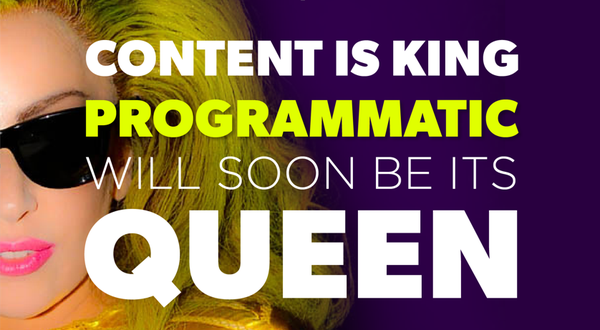Tackling Transparency, Talent, Ad Fraud, and Viewability in the Age of Programmatic Advertising
December 7, 2023On November 17th, the industry’s most prominent brands, agencies, and publishers gathered in Bonita Springs, Florida for the 2014 Future of Programmatic Summit, hosted by Digiday.
Amidst the stratospheric rise of programmatic online media buys, somehow the key issues of transparency, ad fraud, and viewability have deftly managed to slip through the cracks—until now. Digiday’s Future of Programmatic Summit featured sessions that boldly addressed the hot issues plaguing the online advertising industry, while presenting a diverse array of viewpoints from CMOs, Heads of Programmatic, Agency Directors, and the ad tech vendors who serve them. The industry remains split when it comes programmatic, Pixability’s team discovered. Some executives are all for programmatic everything, and some agencies feel that programmatic remains a broken promise which leads to increased levels of fraud and bot traffic.

Here are the top five takeaways from this year’s Future of Programmatic Summit:
- Programmatic isn’t necessarily more efficient—but it can be, if executed properly. There is still a lot of work to be done for programmatic to fulfill its promises, but technology is playing a key role in moving the needle in the right direction.
- Finding in-house talent proficient in programmatic buying is difficult within such a nascent marketplace. Until a wider foundation of experienced professionals is developed over time, agencies and brands are best served by partnering with ad tech vendors fluent in programmatic exchanges and bidding.
- Fraud is (and remains) a major issue. Publishers, brands, agencies, and ad tech vendors alike all feel that ad fraud needs to be addressed, and the main way to do that is to demand greater transparency and more stringent viewability standards.
- Brand marketers will gradually begin playing a larger role in programmatic, whether that means monitoring agency teams more closely, or ultimately bringing talent in-house.
- A significant amount of confusion remains within the industry when it comes to programmatic terminology, best practices, pricing structures, etc. Time and the implementation of industry standards by associations such as the ANA and the IAB will go a long way towards clarifying a baseline for programmatic delivery.
The worldwide media buying arm of WPP, Group M, has forecast that 50% of the UK’s ad market will be digital in 2015. It’s clear that online advertising—and specifically programmatic ad buying—is rapidly becoming the future of the industry. Digiday’s 2014 Future of Programmatic Summit marks a positive step in the right direction of programmatic literacy for all.
